Chile is enjoying a world-class wine revolution, and here is the proof
Once the land of boring wine-by-the-glass reds, the country now rivals Napa with its mix of iconic wineries and smaller upstarts.
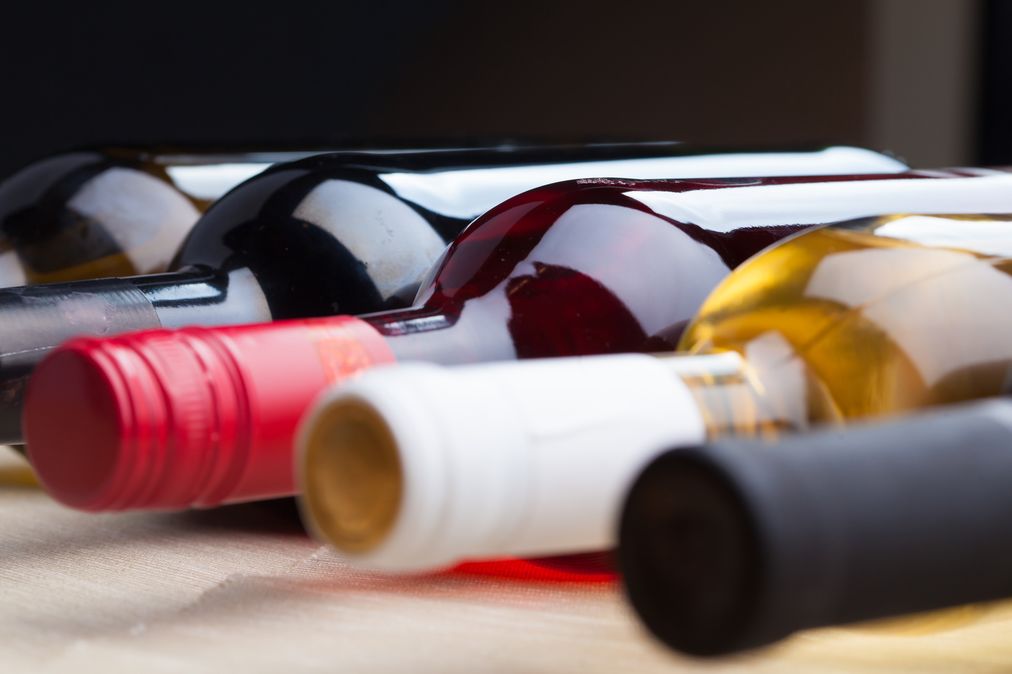
Quick, what’s your idea of Chilean wines? If you think they’re all ho-hum bar-wine cabernets and cheap sauvignon blancs with no taste thrills, you’re wrong.
Since the mid 2000s, the country has been in serious experimentation mode, from grape to glass. The quality and diversity of its top wines has never been better.
That wasn’t what I found a couple of decades ago on my first visit to this skinny, 2,600-mile-long country with great surfing along one of the world’s longest coastlines.
The few so-called “icon” cuvées I tasted, such as Sena, Clos Apalta, Almaviva, and the top wines from Montes, were marketed internationally as cutting-edge and surprising. But I found they were mostly over-hyped beefy cabernets created to show that Chile could make big deal wines.
I wasn’t impressed with their oaky flavors and heavy handed winemaking. Most lacked flash, style, energy, and complexity and weren’t worth the high prices asked.
And sadly, almost all the country’s wines came from large, risk-averse wine companies with vineyards in the center of the country. They were churning out vats and vats of bland bargain wine. Now all that’s changed – big-time.
Strength in diversity
The style of many icon wines started to change in the last decade amid criticism from wine critics and consumers, says Max Morales of wine marketing firm Andes Wines. Eduardo Chadwick, the owner of Viña Errazuriz, is one of those leading the transformation.
His five top, or “icon,” wines now shine with bright, intense New World fruit and also subtlety, elegance, freshness, and finesse, rivaling big names in Napa and Bordeaux. In the past couple of years, he’s even branched out to top quality chardonnay and pinot noir.
At the same time, the country’s wine scene has grown way more diverse, inspiring dozens of new, delicious icons-in-the-making.
Risk-taking young winemakers with boutique wineries are behind experiments with new grape varieties, new wine styles, and new zones in the far south, in Bio Bio and Itata along the cool Pacific coast, and in far north desert spots such as Elqui Valley, famous for star gazing, the grape brandy pisco, and New Age mysticism.
The retail-level image of the country’s wines, though, has yet to catch up to this exciting reality. Here’s the backstory.
Chadwick, who helped bring his great-great-great grandfather’s 19th century winery back to life, was a poster boy for those initial icon wines. Among them are Seña, his joint venture with Robert Mondavi that Chadwick now owns, and Vinedo Chadwick, the most expensive wine in Chile, made from vines he planted in his father’s favorite polo field.
To prove how good the country’s wines could be, Chadwick began staging blind competitions of his cabernet-based icons against top Napa, Bordeaux, and Tuscan examples around the world. First came Berlin in 2004, then 21 other cities, including Tokyo, Beijing, and New York. To his surprise – or so he says – his came out tops.
A more modern wine
But in 2008, his French winemaker started pushing to shift the style of the wines. The vines for Seña, from the vineyard in Aconcagua, are now grown biodynamically.
Grapes are picked nearly a month earlier, and in 2014 they began using 2,500-liter wooden vats (instead of smaller barrels) to age Vinedo Chadwick, so the flavor profile of the wine is less oaky. They hunted land near the cool Pacific coast for their new high-end pinot noir and chardonnay, looking for the bright acidity that cool climates preserve.
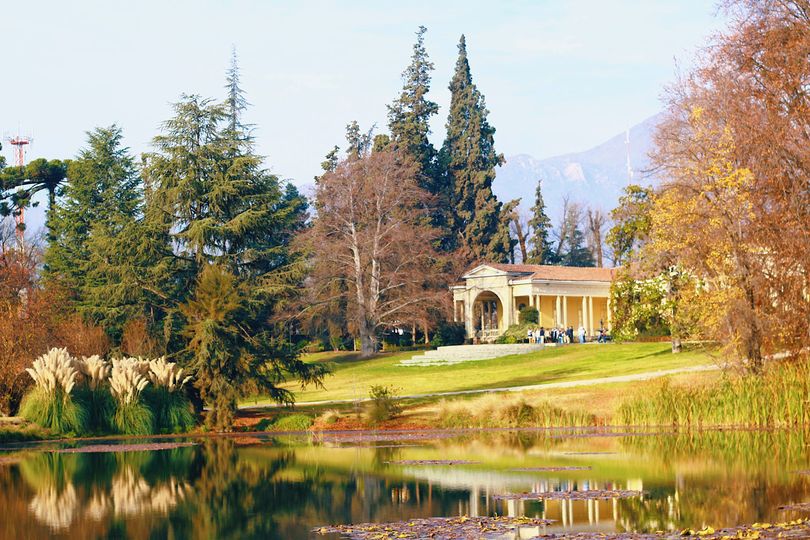
“Yes, icons were once exercises in excess, and today they’re more elegant,” says Canadian expatriate Derek Mossman Knapp, co-owner of Garage Wine Co. Still, he insists, “the real revolution in Chile is in southern regions like Maule and Itata, where people are beginning to make serious wines from recently discovered old vineyards of carignan, grenache, and cinsault and focusing on the terroir of individual sites.” In the 2016 vintage, Mossman made wines from 11 different vineyard parcels.
Small producers working in tandem
He’s a driving force behind the Alt-Chile movement that’s creating a different kind of icon wine. Small producers like him have banded together in impassioned movements with such names as MOVI, VIGNO, Chancho Deslenguados, and Brutall to champion organic and biodynamic farming,
The top vineyards were once clustered primarily in the center of the country near Santiago, often chosen for their convenience. As winemakers focused more on terroir and where specific grapes grow best, the country’s 350 wineries spread out over 2,000 miles, from north to south. It helps that one of the world’s great soil scientists, Pedro Parra, is Chilean.
In a land where cabernet used to be king – and still accounts for the majority of plantings – 88 other varieties are thriving, and the hot ones are cinsault, carignan, and grenache. (I was never a fan of carmenere, the grape Chileans once thought was merlot and then tried to push as the country’s national grape, but more and more producers have managed to tame its hard, green flavors.)
A financial case for fancier wine
The country exports 80% of its production. To be sustainable, wineries need to charge more per bottle, which is why they have to upgrade the image of Chilean vino.
Asia generally has embraced high-end Chilean wines, says Chadwick, who sells 50% of his production there, mostly cabernet and Bordeaux-style blends. The 2005 free trade agreement between Chile and China made it cheaper for Chilean wineries to sell there, and now it’s their No. 1 export destination. And the wines are wildly popular in Japan and South Korea.
Will the U.S., the biggest wine market in the world, fall for the country’s new-style icon wines? I hope so. Here are nine to whet your appetite.
The best older icons
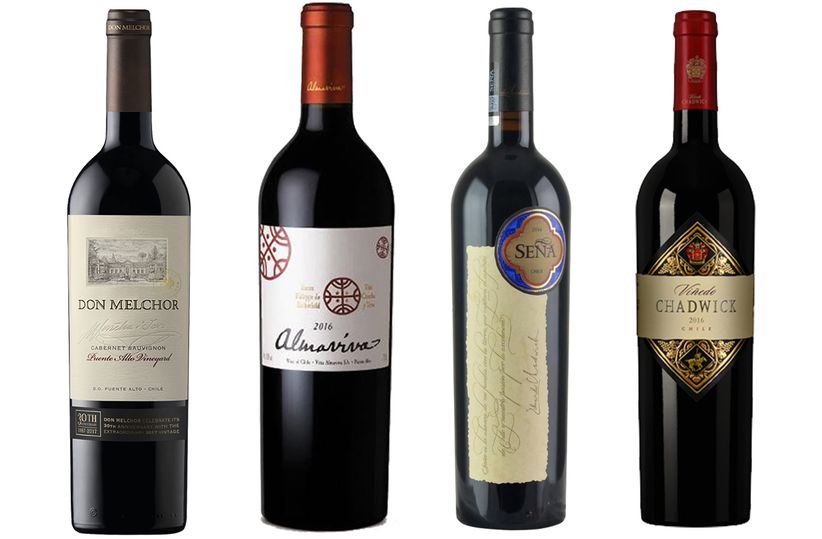
2016 Don Melchor Puente Alto (US$100)
Concha y Toro’s top red was the first icon wine in the Chilean industry, and this vintage is the 30th anniversary of its debut. Plush and concentrated, with velvety layers of mineral and fresh red-fruit flavors, this polished cabernet blend has a finish that lingers for more than a minute. It’s a lighter year, but decant it for a few hours before drinking.
2016 Vina Almaviva Puente Alto (US$145)
This cabernet blend, a collaboration between the Rothschilds of Bordeaux first-growth Mouton Rothschild and Concha y Toro, first debuted with the 1996 vintage, but has hit its stride in the past few vintages. Rich and spicy, with suave, silky tannins, it’s broader and riper than Bordeaux and more balanced and elegant than many Napa cabs.
2016 Seña (US$150)
Founded in 1995 by Robert Mondavi and Eduardo Chadwick - and now owned by Chadwick - this is a complex blend of cabernet sauvignon, carmenere, merlot, cabernet franc, and petit verdot planted 60 miles north of Santiago in the Aconcagua Valley. For many years, it seemed to be trying to find its style. Now it has: This vintage from a cool year is soft, silky, and spicy, with chocolate-y notes.
2016 Vinedo Chadwick Maipo Valley (US$325)
This 100% cabernet sauvignon is Chile’s most expensive and elegant cabernet, and one of the two best. It’s much purer and more balanced than it used to be. Just outside Santiago, this 15-acre vineyard is near Almaviva’s and Don Melchor’s plantings.
The best of the new icons
These relative newcomers to the Chilean winescape are worth seeking out.
2014 Garage Wine Co. Carignan Truquilemu Vineyard (US$37)
Canadian expat Derek Mossman Knapp is behind this revolutionary winery. He was among the first to see the potential of 100-year-plus dry-farmed vineyards of varieties such as carignan. This one, from a cold corner of Maule, has floral and herb aromas.
2017 Pedro Parra y Familia Wines Monk Cru (US$45)
Pedro Parra is a famous soil consultant, with clients all over the world. This is the first vintage of his new label, and he’s named the top wines, made from old vine cinsault, for his favorite jazz musicians – in this case, Thelonius Monk. Brimming with minerality, plus aromas of herbs and spices, this is an icon wine in the making.
2014 Vinedos do Alcohuaz Rhu (US$50)
At 2,200 meters high in Elqui Valley, an area in northern Chile popular with stargazers and New Agers, the winery was founded in 2005. The blend is syrah, grenache, and petite syrah, fermented in stone lagars and crushed by foot. Spicy and intense, with notes of minerals, black olives, and dark plummy fruits, this is a wine that grabs you with the first sip.
2017 Errazuriz Les Pizarras Chardonnay (US$80)
The vineyard for Chadwick’s new, stunning white is six miles from the coast in Aconcagua Valley. This is the best chardonnay I’ve ever tasted from Chile. It has fresh mineral and lemon flavors and the depth of white Burgundy, with New World pizzazz.
2013 VIK (US$150)
Founded in 2006 by a Norwegian entrepreneur, this ambitious winery in the Millahue Valley is a mix of cabernet sauvignon, carmenere, cabernet franc, and merlot. This vintage has more freshness and balance than earlier ones, as well as depth, power, and sophistication. It’s like a seductive mix of Napa and Bordeaux.
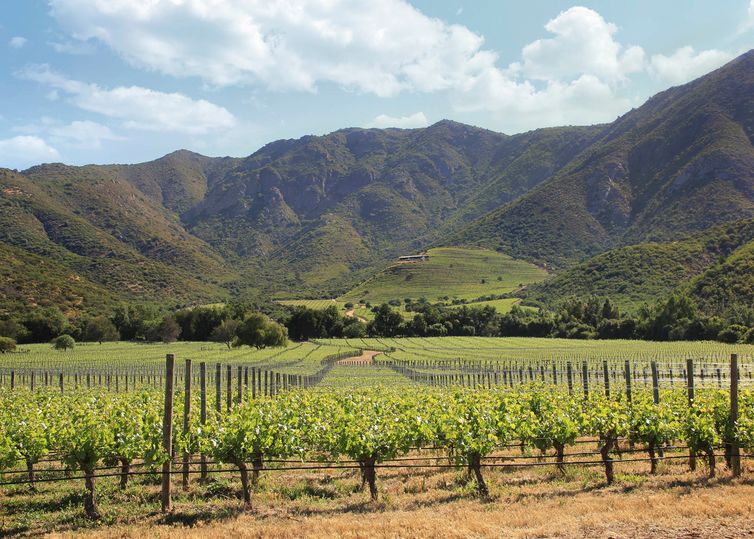
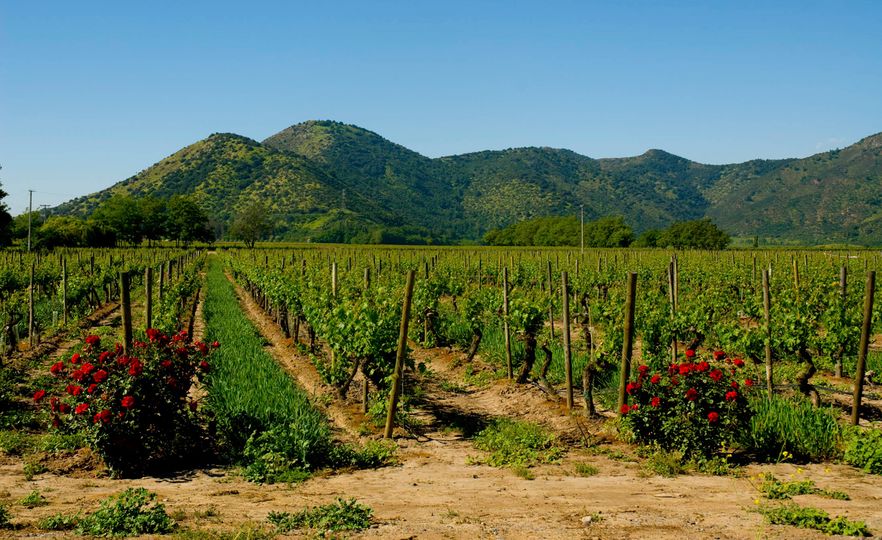
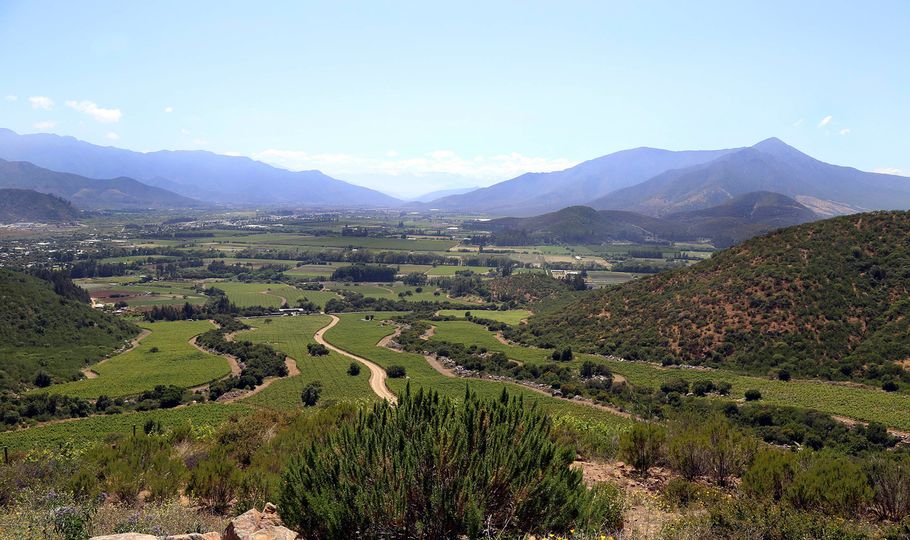

10 Oct 2019
Total posts 1
More proof that wine lovers need to make that next trip a visit down to Chile. Its great to mix with the adventure travel or just spend some time visiting valleys. Been organizing trips to Chilean wine country for a number of years, some of the icons mentioned are easier to get in on the menu in Santiago than a winery visit, but there are many more past these that are well worth the time and money to visit...but definitely best to plan it out right.
Virgin Australia - Velocity Rewards
20 Jul 2018
Total posts 15
Great article! I've noticed Chilean wines getting better too (though I've always had a soft spot for Carmenere, if it's handled well).
Next up, how about a feature on wines from Uruguay? They're so good, and so under-appreciated and hard to get (and therefore overpriced) in Australia, but so cheap and plentiful in their home country. Maybe a bit of publicity might result in better distribution and better prices!
Hi Guest, join in the discussion on Chile is enjoying a world-class wine revolution, and here is the proof